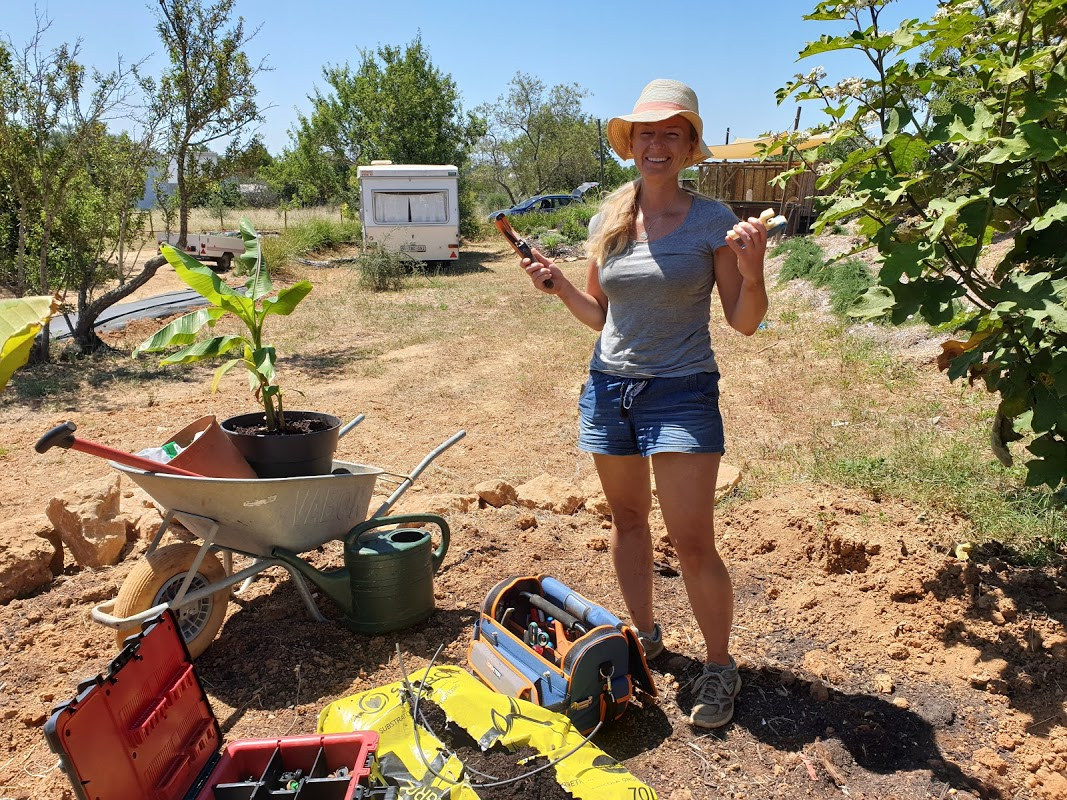How-to: Efficient irrigation system
Irrigation is fundamental to the health and productivity of your fruit trees and other edible plants. Here in the Algarve, learning how to do watering efficiently should be the starting point for anyone who wants to grow fruit/food. The many months of hot temperatures and dry weather make it very difficult to grow only rain-fed plants.
In the current scenario of severe water scarcity, we must make an effort to irrigate responsibly, with the best technology available.
We looked back on our experience so far (at the Orchard of Flavours and elsewhere) and put together some advice we find essential about how to do the best water management when growing an edible garden:
A. How to avoid wasting water?
B. When is the best time to water?
C. Quantity and frequency of watering
D. Type of water sources, problems & filtering
E. Emergency water tank
F. Micro-irrigation and programming
G. Alternative irrigation methods
A. How to avoid wasting water?
First of all, you should think of limiting the problem at the source, by using as little water as possible. Here are a few useful techniques:
try to plant drought-tolerant plants, and if possible the ones more adapted to your soil and climate;
use water-efficient designs like the Banana Circle;
apply efficient irrigation options like micro-irrigation (read more below);
other permaculture and agroecological techniques like swales and raised beds, wicking beds, etc.
Refer to our learn articles for more detailed information about these techniques.
B. When is the best time to water?
In hotter climates, during the summer, irrigation is best applied at night, as the water running in irrigation pipes could reach 50 degrees celsius or more during the day. This will burn the plant roots. The best time to irrigate is after 8 PM or in the very early morning. Choosing these times for watering will also decrease loss to evaporation. During the winter, any time of the day should be fine for watering.
C. Quantity and frequency of watering
The question of quantity and frequency of watering is highly debated. In regard to fruit trees, it is often considered better to water in more quantity and deeply while doing it less often than compared to watering little and at a shallow level more often. But there are some notable exceptions, so you should know as much as possible about the requirements of your fruit trees and edible plants, their root depth, your land’s soil type, and more, before you can decide the ideal method.
Learn to observe your soil
How does the soil feel in the root zone (around your tree’s trunk)? If you feel moisture in the soil, generally plants will not have a problem extracting moisture with their roots. However, if it feels dry, it may be time to water soon!
Learn to observe your plants
Many plants will tell you when they are thirsty by wilting or curling up their leaves as a defence mechanism to avoid transpiration. Many plants will recover easily from the early stages of wilting, while for others this is quite stressful and should be avoided.
The best technique
We have found that if your trees are well mulched, using micro irrigation (as explained below) works best. The tree will not require a large amount of water. As a rule of thumb, 8 liters per day during the summer is generally enough to establish most trees. Bushes will require much less (2 to 4 liters per day).
D. Type of water sources, problems & filtering
Borewell water
This is a common situation for many gardens here in the Algarve: the water is free but needs to be pumped. Therefore you must take into account the energy costs of pumping, as well as the impact of your activity on the belowground water aquifers. On many occasions the water is “hard” containing a high amount of dissolved minerals or ions such as calcium, magnesium etc. and will require filtration (explained below).
Hard water problems
Water that contains a high amount of dissolved minerals or ions such as calcium, magnesium etc. This could lead to problems with scale formation in your irrigation pipes. In that case you might consider installing a water softener.
Agricultural water
In a few areas you can be connected to agricultural water, which is rainwater collected in big dams. Agricultural water is soft and therefore very good for your plants. However, it is highly likely that you will experience blockages from time to time.
Organic matter blockages?
The issue could be the level of organic particles in the water which might clog your irrigation regulators. In this case you can install two eco-friendly very long lasting filters: a sand filter and a small particle filter (price range: from 300 to 1.000 EUR).
Is your water saline?
Better to explore the more salt tolerant varieties of edible plants and fruit trees. A desalinator is very expensive.
E. Emergency water tank
Miguel Cotton and a 50-thousand-liter flexible water cistern.
It is always good to have a water reserve because your borehole pump might sometimes be out-of-order. Keep in mind that, in the increasingly hot summer months of the Mediteranean region — where water scarcity and extreme drought are becoming more and more a hard reality — many of your young trees can easily die, if not watered for more than a week. What can you do?
first you could take advantage of an already existing cistern, usually built in concrete, and quite common to find in properties all over Portugal;
another solution is to install a flexible water tank. Those tanks can easily hold from 10 cubic meters up to 2.000 cubic meters! They are supposed to last a minimum of 20 years. The one installed at the Orchard of Flavours (see picture above) is 50 cubic meters, costs 2.000 EUR and basically gives us around 2 month of autonomy. The main european producer is Citerneo.
F. Micro-irrigation and programming
Use a programmer..
For small gardens
If you have a small plot, a battery-powered programmer is a cheap and effective way to start with. Basically it consists of one electrovalve and it will help you water automatically at fixed hours and for a selected duration.
Price range is between 30 to 50 euros. The brand Gardena is often considered to produce the most robust and user-friendly battery-powered programmers.
For bigger gardens
You might need several sectors and therefore you will have to add one electrovalve for each sector (approximately 30 euros). You will then connect all your electrovalves to a programmer. These computers are generally 220 volts and waterproof.
Prices range from 150 to 500 EUR for a computer. The main producers are Rainbird and Hunter. For an additional 150 EUR, you can connect these computers to wifi and control your irrigation system from your phone via an app.
Install sectors and make your system resilient
Don’t hesitate to install several sectors. This will mean adding additional electrovalves (price range: 30 EUR for each). The advantage is twofold: you can have different watering frequencies from the same water outlet. For instance, if you grow succulents you would not like them to be watered as frequently as more demanding plants. The second advantage is that in case of a leak or damage to parts of your irrigation system, the other sectors will still function.
Use regulators (either free-flow or self-compensating)
A free-flow device will not allow you to control and know the exact amount of water running (usually between 10 to 60 liters an hour). Price range: 0,50 EUR each.
A self-compensating device will only release a very precise amount of water per hour. These self-compensating devices are usually incorporated in a tube (every 30 or 50 centimeters with a 2 liter per hour water release). These devices can also be bought independently and will enable you to select the amount of water released per hour (from 2 to 24 liters per hour). The main producer is the Israeli company Netafim (price range: 1,50 EUR per regulator).
Installation tip
If you use a microtube between the main tube and self compensating regulator you are free to change the regulator as often as required (as the plant grows) with no damage or major changes to your irrigation system.With this type of efficient irrigation system, although it is an upfront cost, you are certain the irrigation is being put where it needs to be (into the rootzone). The amount of water you save could pay off the system in less than one year.
G. Alternative irrigation methods
For information about more alternatives of efficient irrigation methods, such as deep-pipe irrigation and buried clay pots, read this interesting article on the Permaculture Research Institute website.
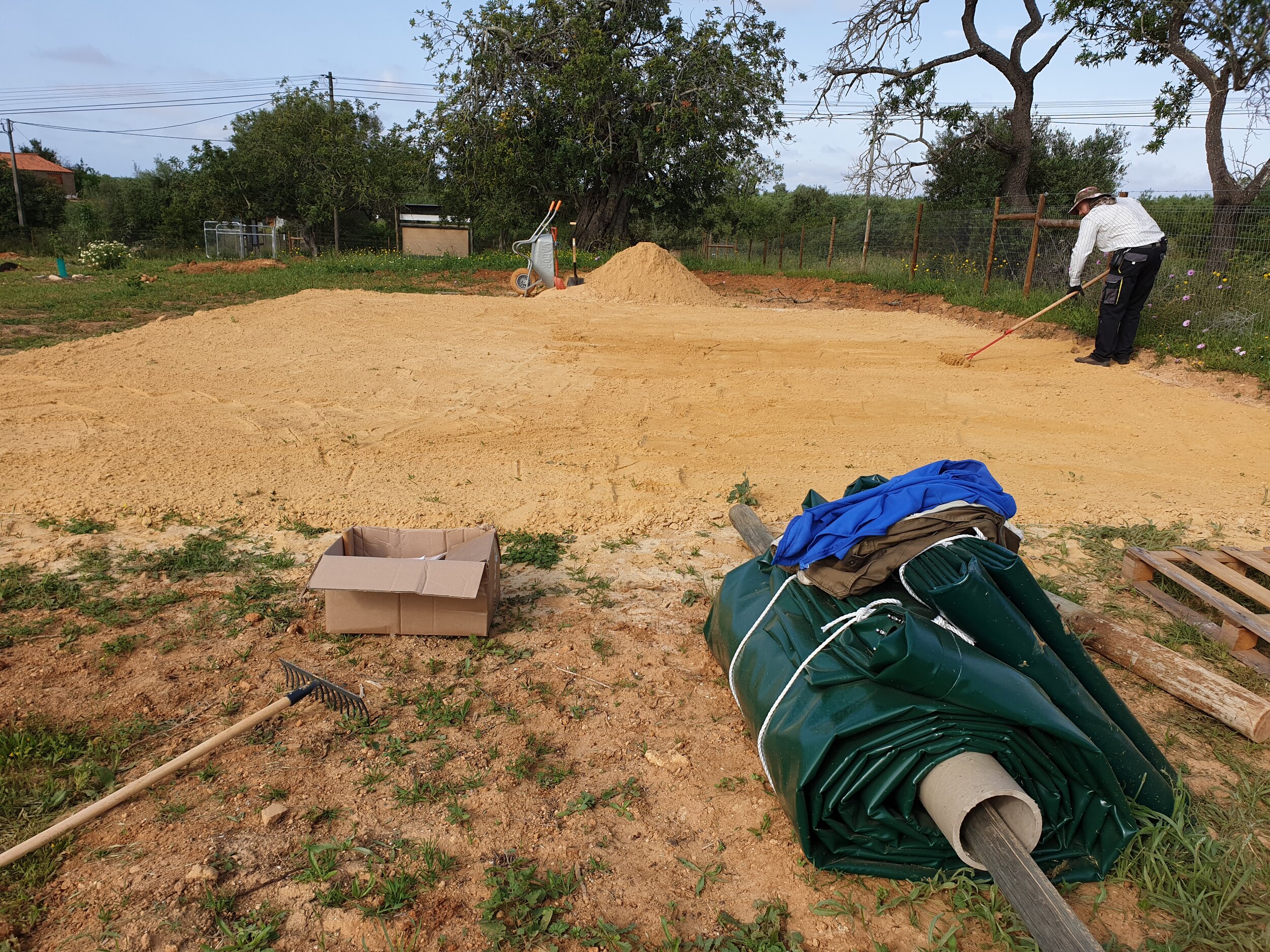
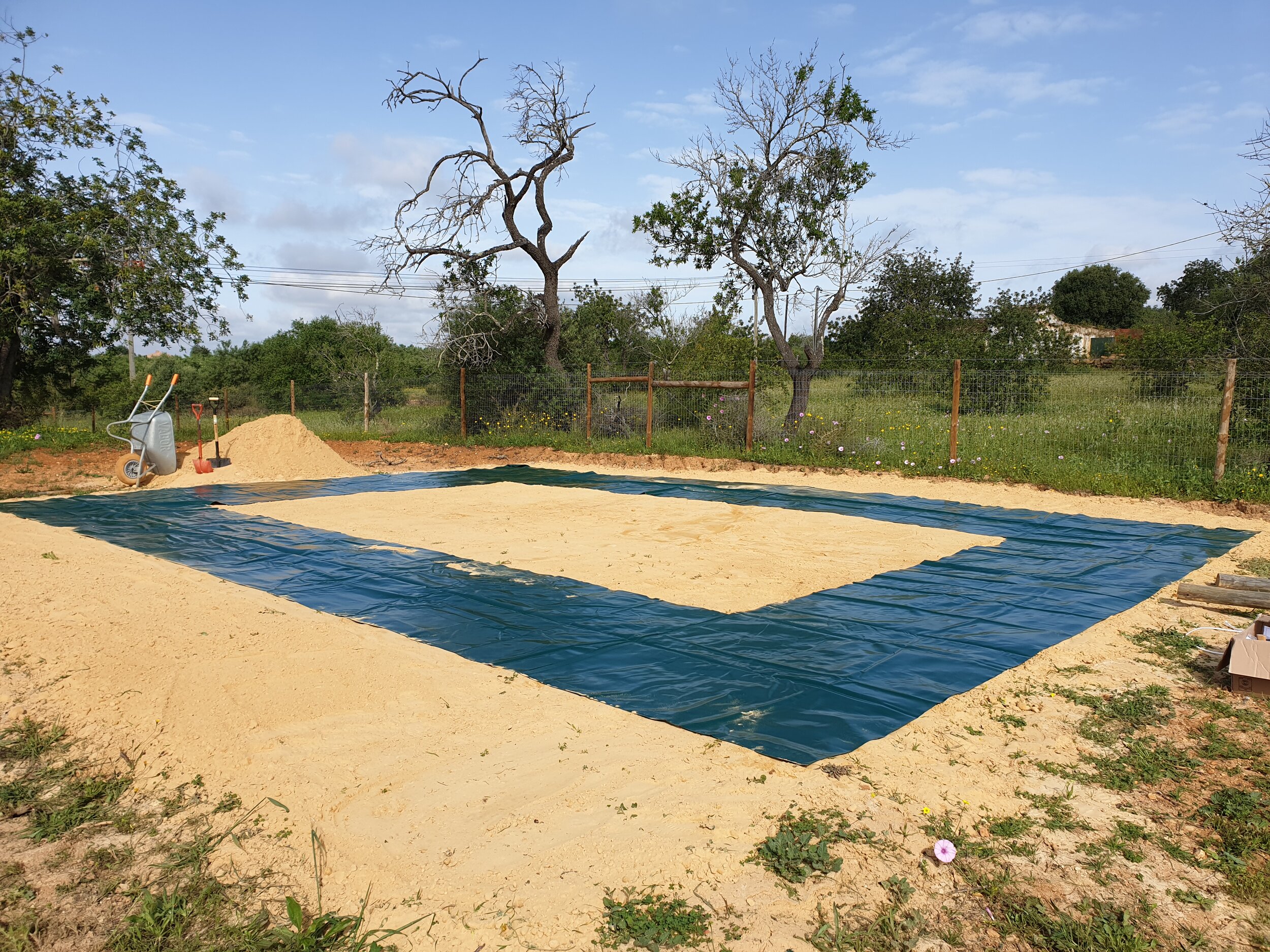
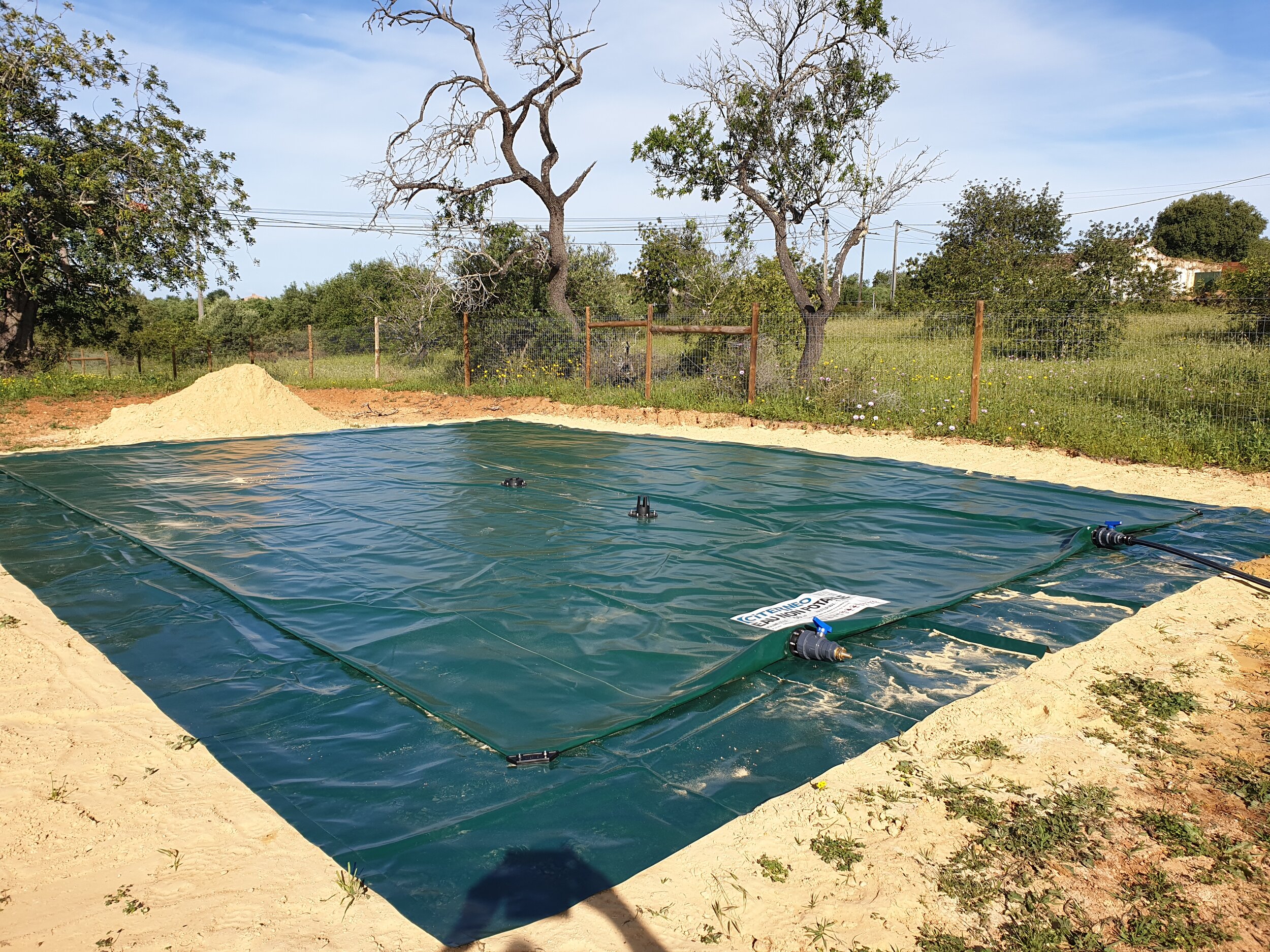
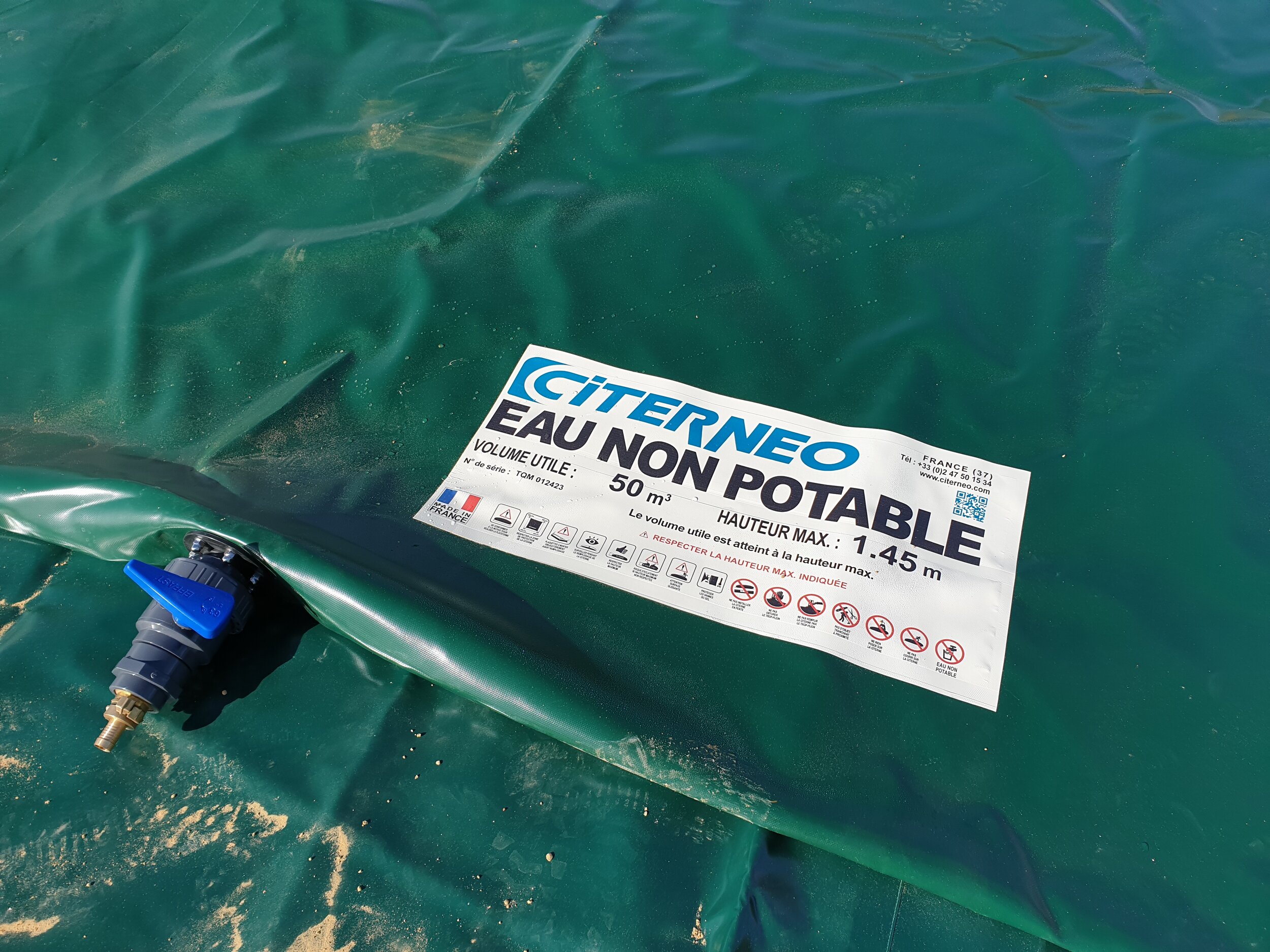

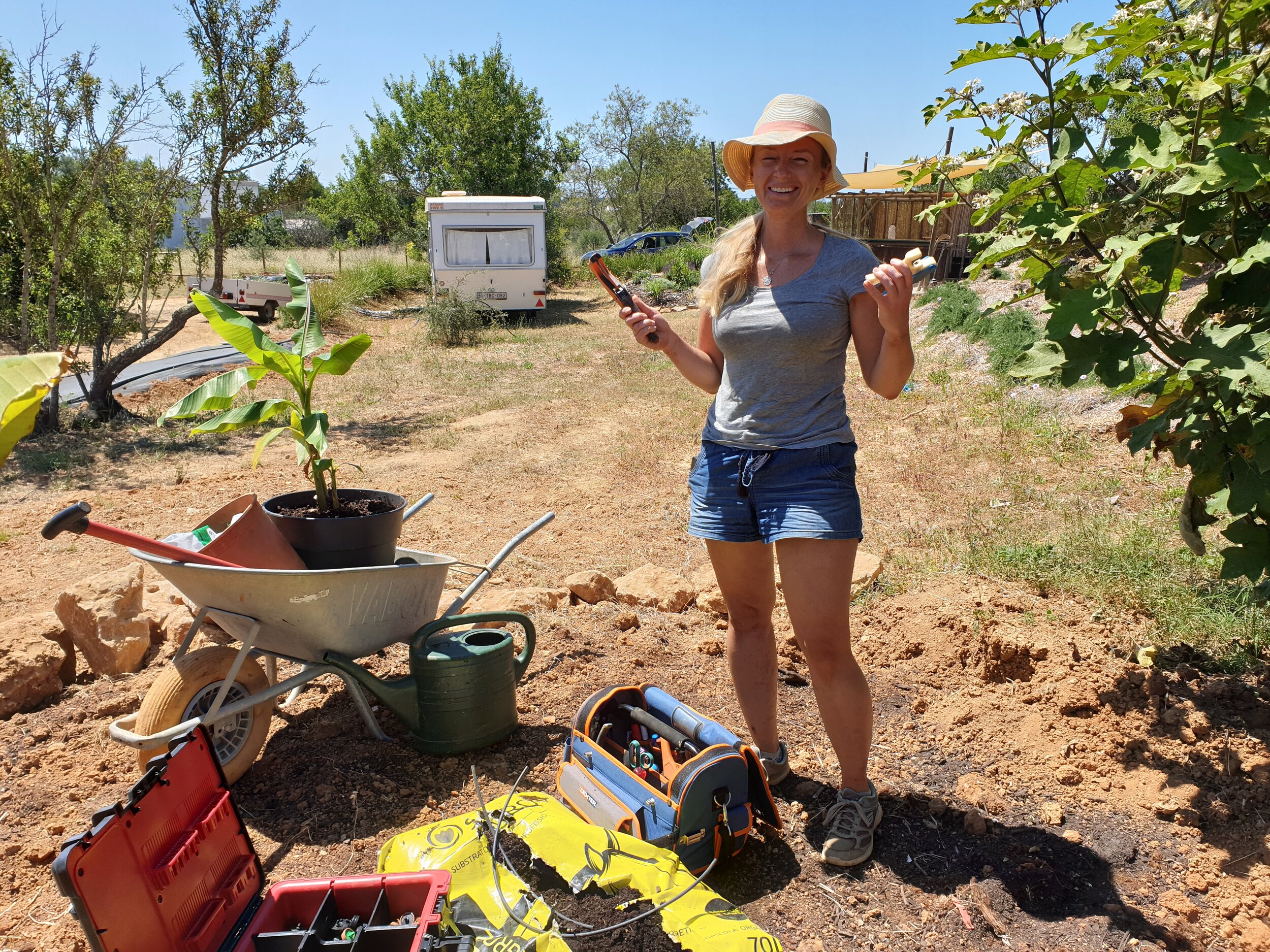
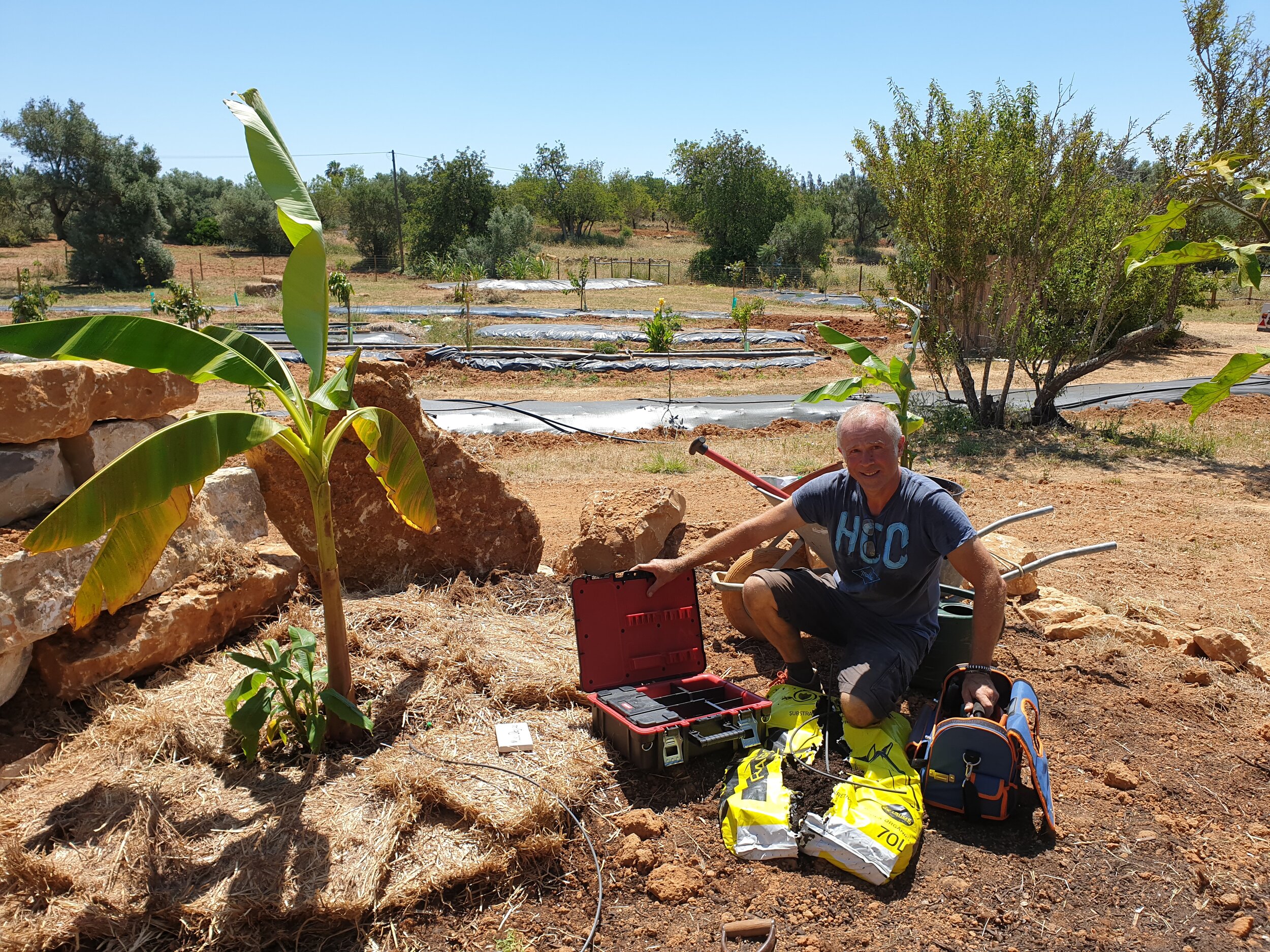
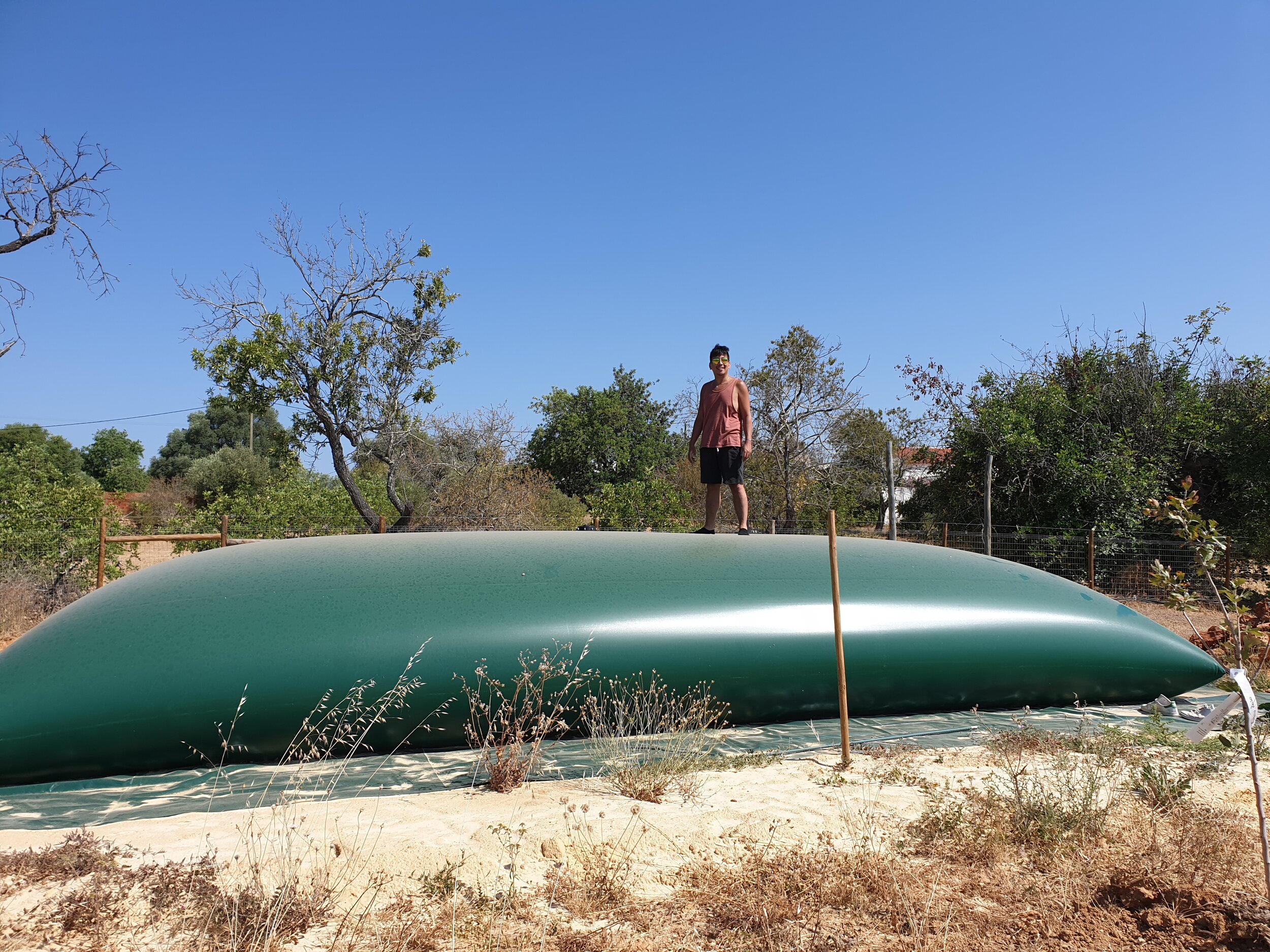
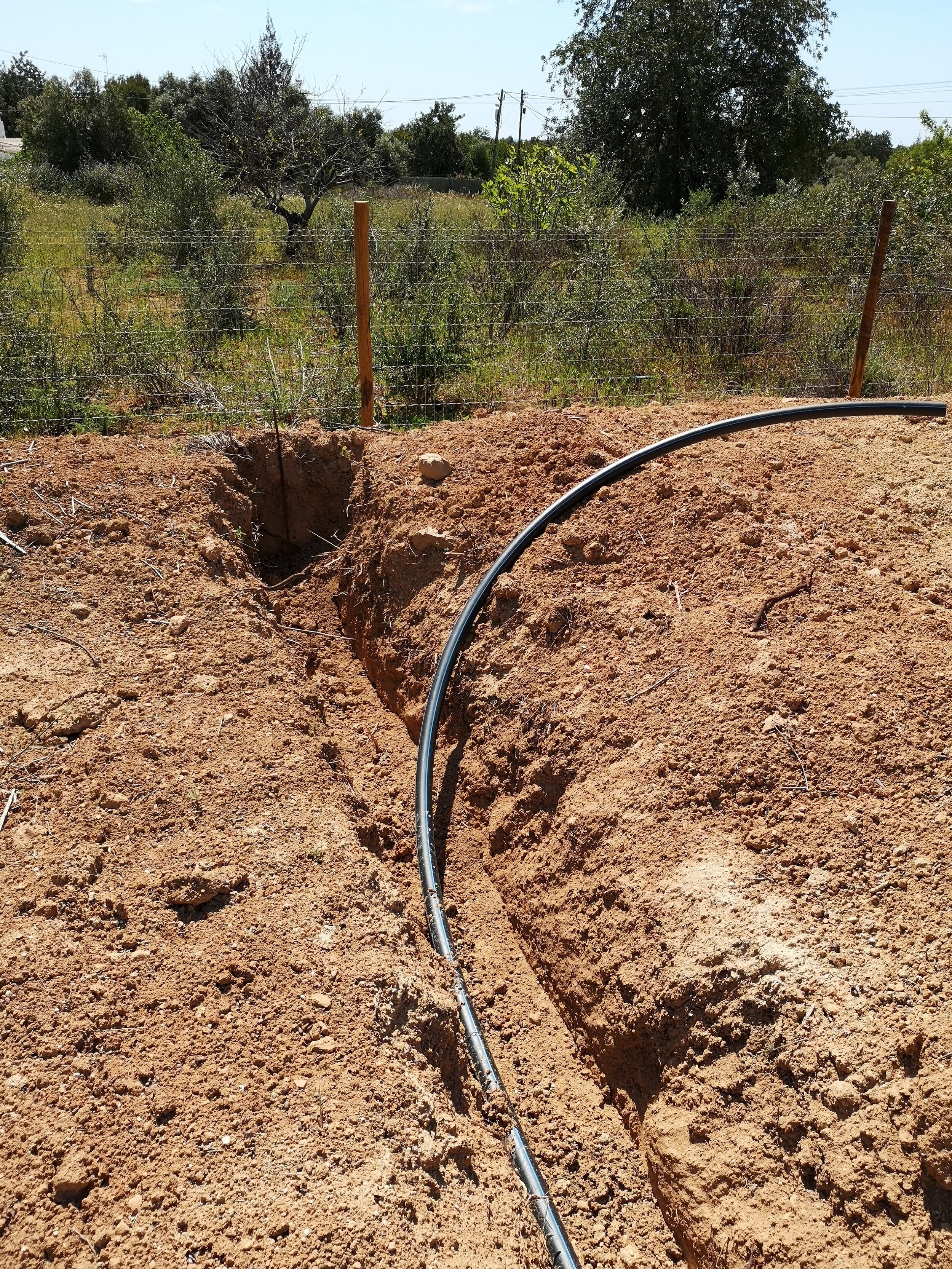

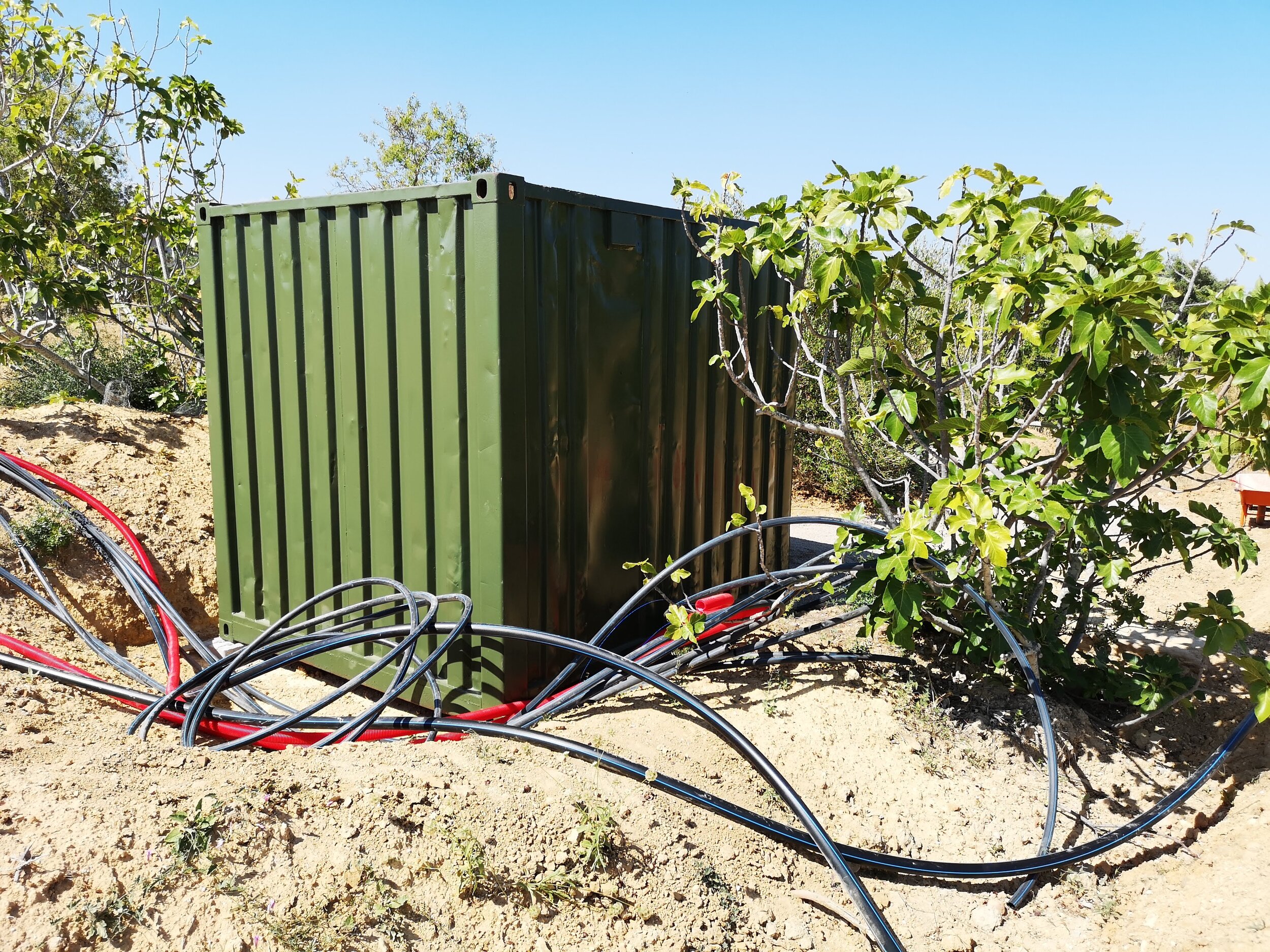

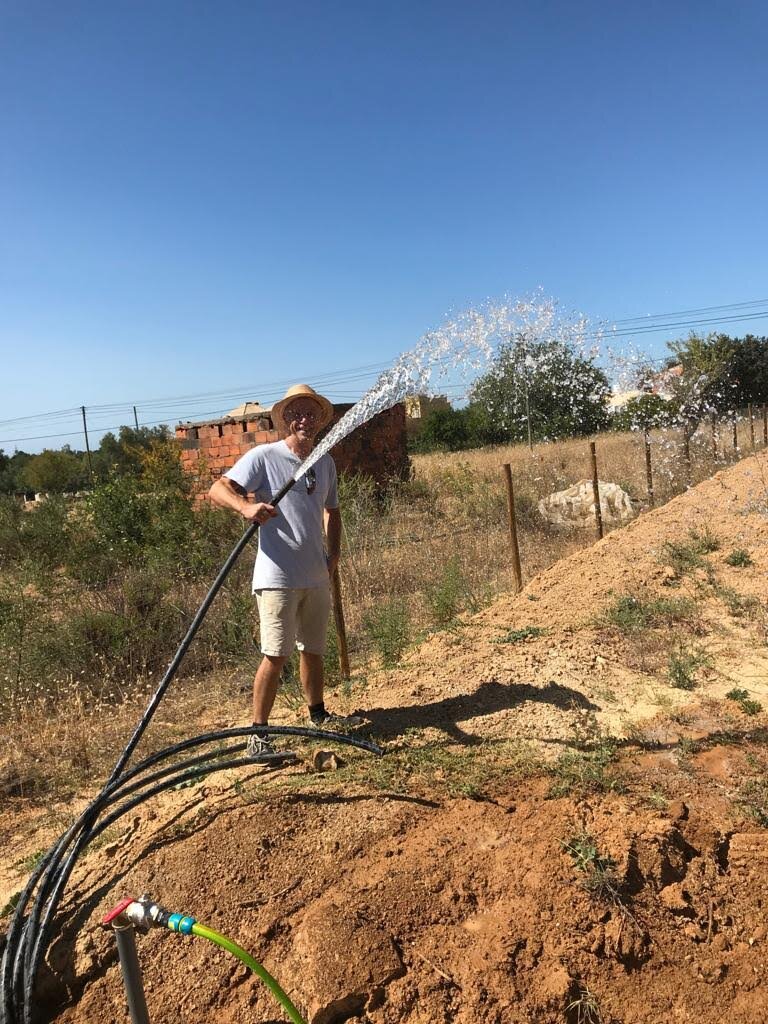
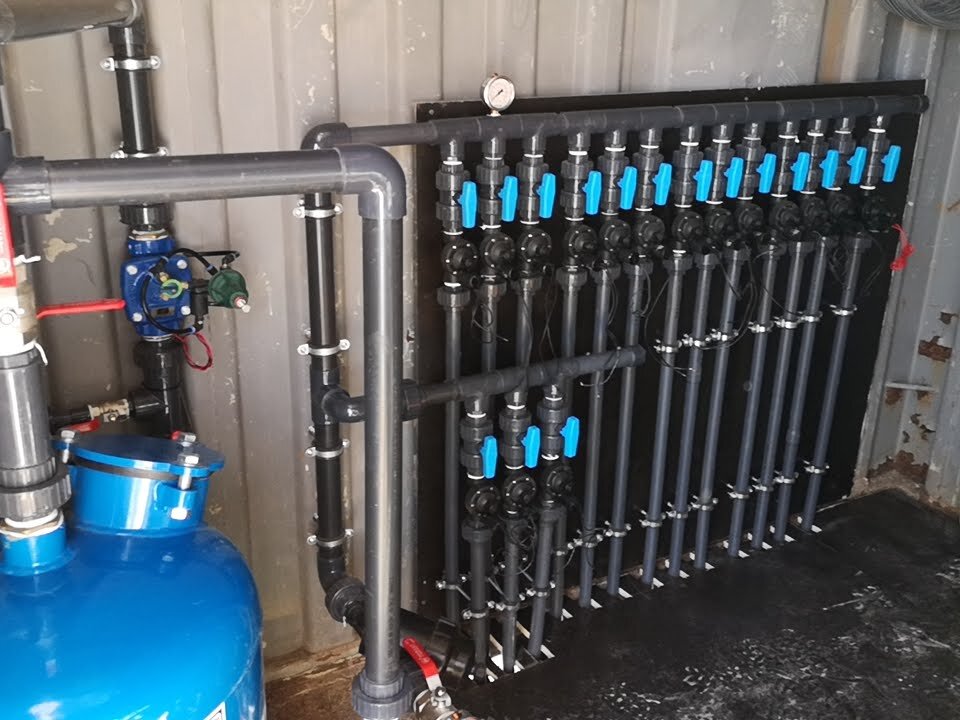
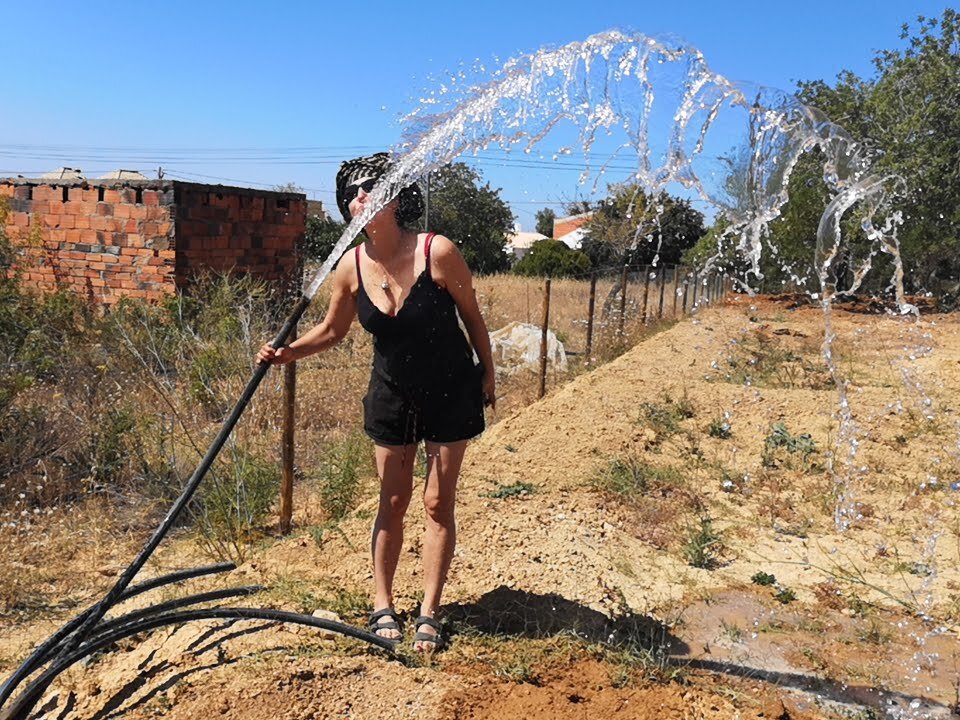

Find more of our articles regarding this important subject on our Irrigation and Water Saving section.
This article was compiled by Miguel COTTON & Jackson KNIGHTS. If you have any questions or suggestions, do not hesitate to contact us. miguel@orchardofflavours.com

